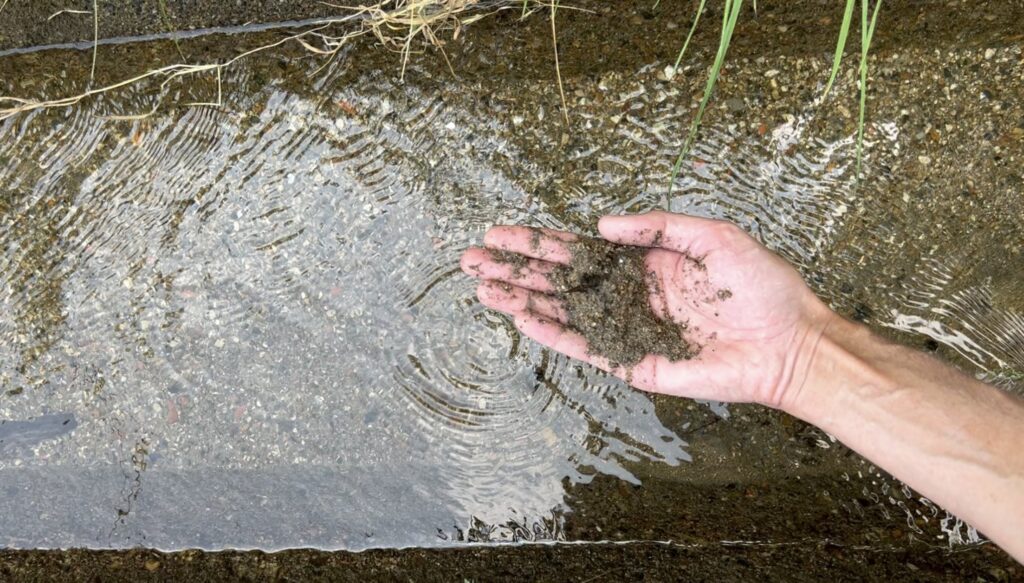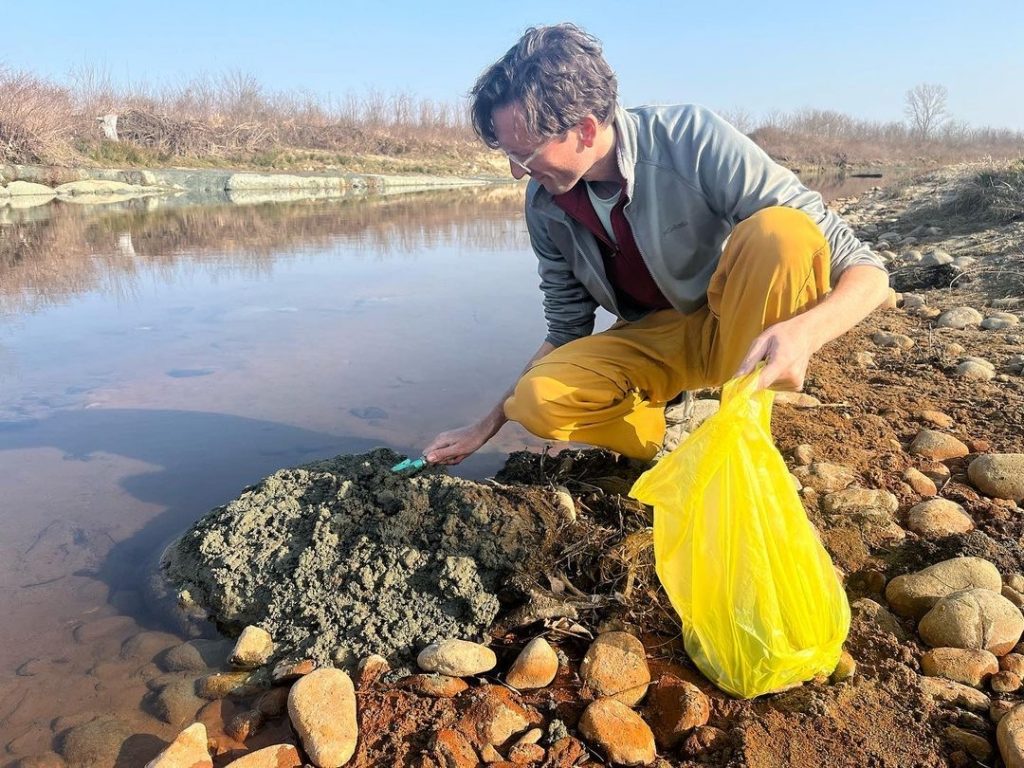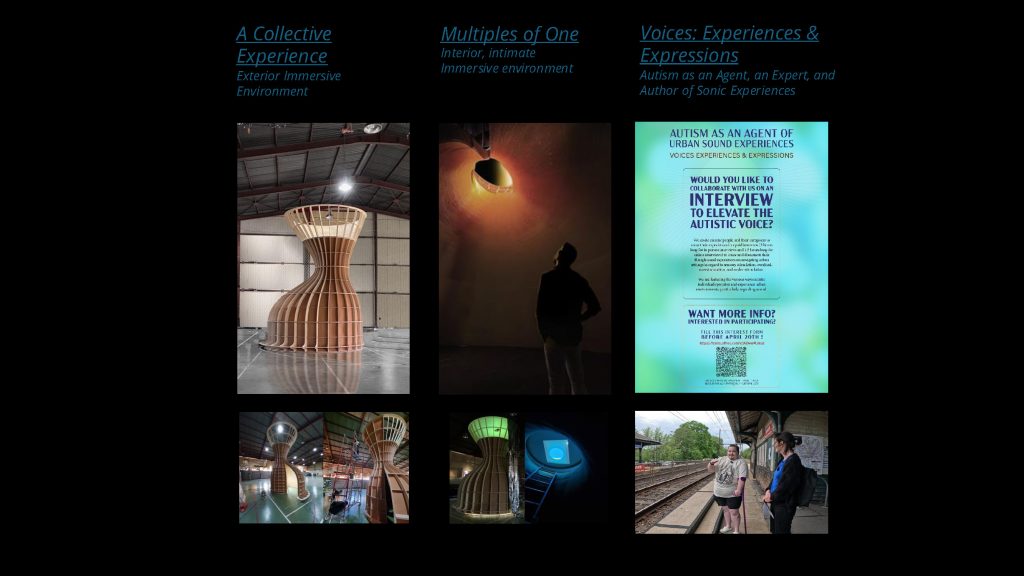The lifecycle of architectural remains – a conversation with Joshua Stein
Cato Boeschoten interviewed Joshua Stein for a second time during his S+T+ARTS residency at Cittadelarte- Pistoletto Foundation, which focuses on anthropogenic contributions to the rivers and rice fields of Biella (Italy). Here is what he said about his work which focuses on anthropogenic contributions to the rivers and rice fields of Biella (Italy) in the framework of the STARTS4Water project.
What have you been up to?
“I have been taking sediment samples from several locations surrounding my residency. The aim is to collect around 20-25 samples and build a comprehensive map of their compositional make-up. I’ve also been engaged in a lot of logistics: trying to contact scientists who can help me analyze these sediments and figure out which aspects to incorporate into the final artwork.
The next step is experimenting. I want to find a way to examine the sediment that I gained from the rivers and identify architectural evidence, such as elements from the UNESCO monuments, the textile mills, or the flood control sites surrounding the area. My host foundation has set up contacts with a geology lab that can help me with the technical analysis. We’re also trying to locate a clay printer in order to reconstitute the eroded architecture based on our knowledge of what we have found downstream.”
In what way do you think these experiments will shape your exhibition coming up in July?
“I hope to prove that there is actual material from upstream UNESCO monuments in various watersheds to be found downstream, in order to make the public more aware of artificial waterways. This is important because we all intuitively know materials move downstream, however we are often unaware of how much this has been modified by infrastructure. We also do not typically make the larger connection that architecture is constantly moving from being artificial, to being natural, to becoming artificial again. This might change the relationship we have with nature, so I’m trying to extend the knowledge of my audience.
I went out on a field trip to a significant hydrological point in the middle of all these rice fields, together with somebody from the Pistoletto Foundation and a few scientists. We got into a debate about terminology, because I said I wanted to prove that the material connection is a fact, whereas my colleagues argued that because all the local architecture is constructed from the regional geology, it’s indistinguishable from other materials downstream. You can never distinguish whether the sediments came from the architecture or from the mountain, so to speak. In a certain way this proves my point even if we cannot track with perfect accuracy architectural materials as they move downstream.”

So if this is practically impossible, what do you hope to find?
“I hope to discover something that is more obviously manmade, such as cement or iron deposits. There might be some remains from newer architecture that are distinguishable and that increase the probability of claiming that the UNESCO architecture has moved downstream.”
What other elements would you like to include in your exhibition?
“I would like to incorporate something that ties together the different sites I’ve visited. One of these sites is an abandoned textile factory that is still polluting the water. I could smell the pollution, but I did not have the right tools to take a sample. Maybe I can use video or GIS (Geographic Information System) mapping technology I have been experimenting with. I can also imagine that this map will become physical, made with minerals, stone, rice or fabric from the Po Valley. It could be a map that locates the deposits I have found, produced from those same deposits.”
Text: Cato Boeschoten


